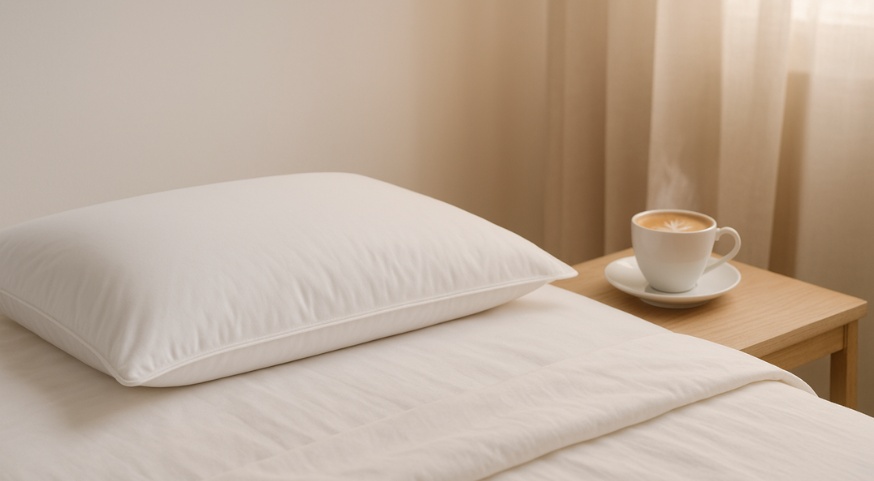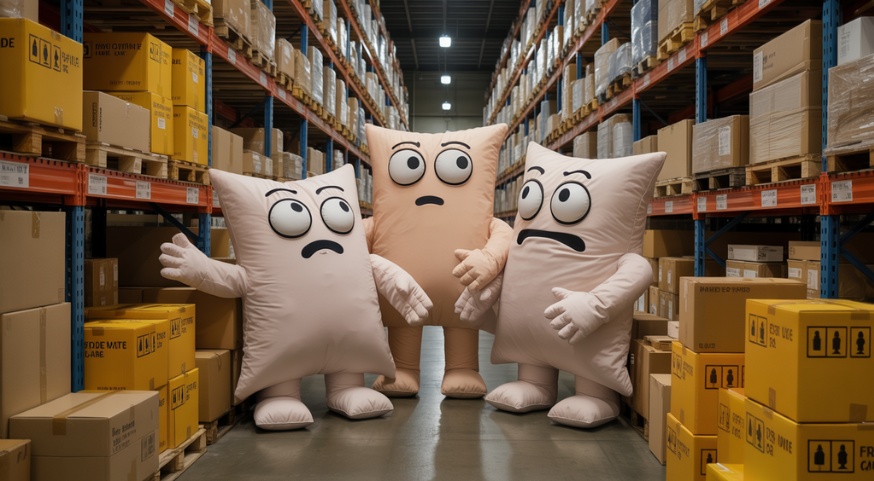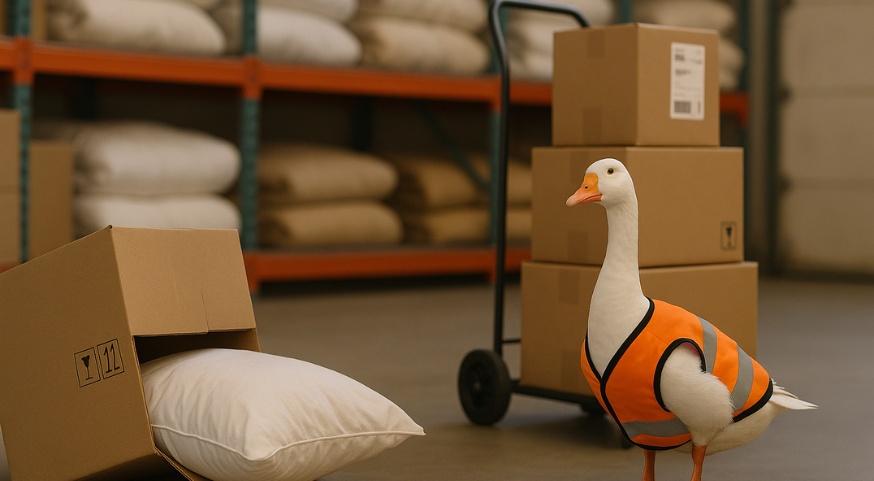Posted by Stefan Hunter on Mar 08, 2016
How Can I Soften My Memory Foam Mattress?

Memory Foam, Too Firm?
If you are faced with a memory foam mattress that is too firm, what do you do? Is there a way reduce the firmness?
We hear a question like this once a week at Downlite, and a solution does exist to fix it.
First let's cover how a memory foam mattress works. The material on a memory foam mattress can conform to your body with the combination of heat and weight on the surface. For many sleepers, this is not as comfortable as the slick marketing materials you can see and feel in a store. By adding a layer between yourself and the memory foam bed, you can achieve some degree of comfort.
We usually suggest a bed topper like a feather bed to add softness and comfort for the hard surface of a memory foam bed. In most cases, a feather bed can also increase body circulation, as the feathers allow air to move much easier than polyester fills (please note: a down top feather bed would be comparable to a top fiber bed).
Some consumers like a fluffy soft fiber bed typically 2-3 inches in height. Most feather beds are also 2-3 inches in height (some folks, myself included, like to use both in combination for the ultimate softness in bed).
Another less successful softening option by some consumers, is to add a mattress pad to add a layer between body and mattress. Although, we have also heard that the buffer added doesn't soften adequately. We suggest a feather bed for the best solution.
Even if you cover your memory foam bed with a bed topper, be sure to add a protector to the bed to prevent moisture from leaking onto the memory foam which could potentially ruin it.
If your sleeping partner loves the memory foam density but you don't, buy a twin size topper to test out on your side of the bed.
You can also try to use a bed warmer or electric blanket placed below your sleep area to keep the material softer (especially if your skin runs cold).
We also hear from customers that another issue that occurs with memory beds are permanent indentations. This causes a 'valley' effect from the foam material not conforming to a new sleep position. Adding a bed topper can also solve this issue by filling in the indentation and creating a smooth sleeping surface.











